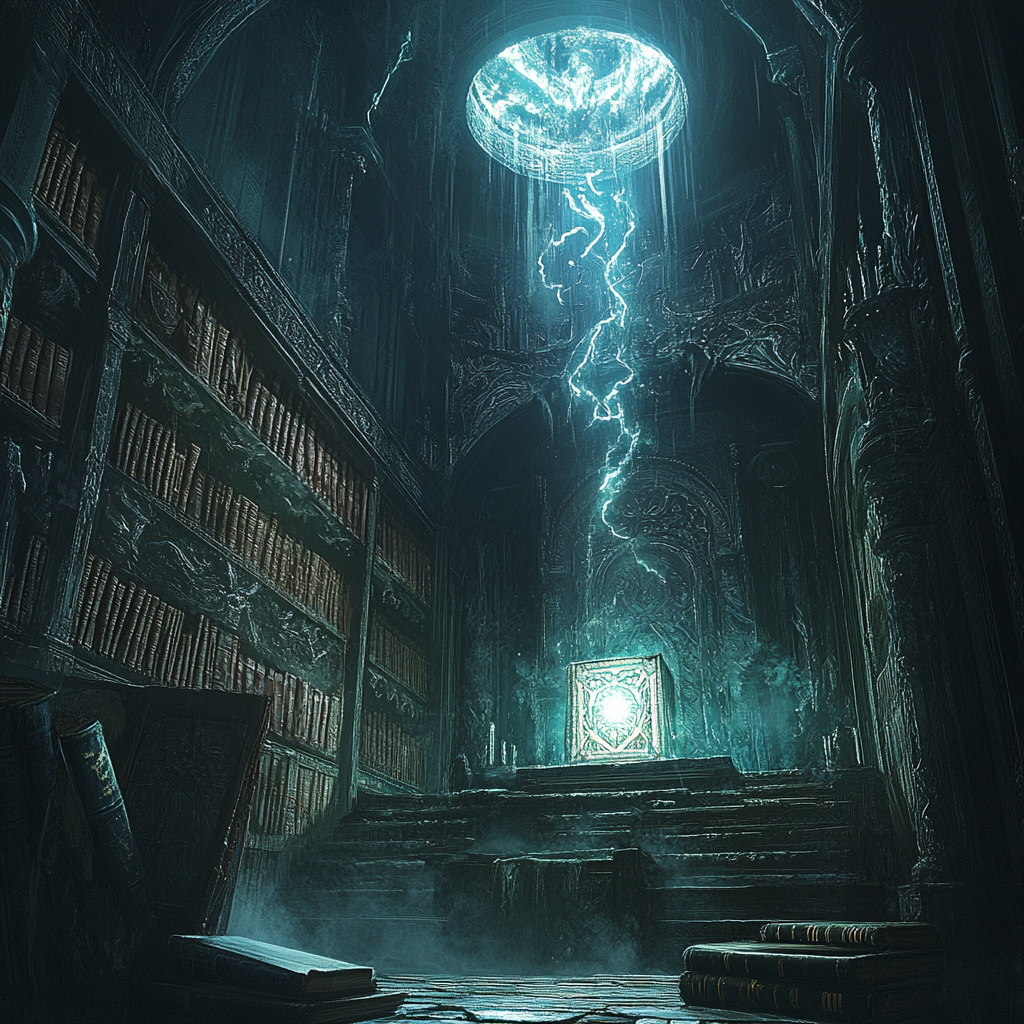Welcome to the Ultimate Guide on Mastering Dungeon Craft: The Demon King’s Book
Dungeon crafting is more than just a trend; it’s an essential skill for any serious gamer looking to conquer labyrinthine realms and achieve the highest accolades. The Demon King’s Book is a guide that demystifies the intricacies of dungeon creation, offering indispensable tips for both novices and seasoned veterans alike. From room setup to trap placement, this book promises to transform your ordinary dungeons into fortresses of fear and fascination.
Getting Started: The Fundamentals of Dungeon Crafting
Before diving into the multifaceted strategies detailed in The Demon King’s Book, it’s crucial to establish a strong foundational understanding.
**Understanding the Dungeon’s Purpose**
A successful dungeon isn’t just a random set of rooms and traps. It should serve a clear purpose:
- Challenge: Offer enough difficulty to keep players engaged without becoming frustratingly impossible.
- Narrative: It should tell a story or be a part of a larger narrative arc.
- Rewards: Provide appropriate treasures and incentives that match the dungeon’s difficulty and storyline.
**Choosing a Theme**
Themes add flavor and depth to your dungeon. Whether it’s an ice fortress, a crypt for the undead, or a mythical volcano, a cohesive theme can greatly enhance the experience.
- Visual Consistency: Use props and scenery that match the theme.
- Unique Challenges: Design obstacles and enemies that align with your chosen theme.
Advanced Strategies: Secrets from The Demon King’s Book
Once you’ve laid the groundwork, it’s time to delve into the advanced techniques outlined in The Demon King’s Book. These strategies will transform your dungeon from a simple maze to a breathtaking masterpiece.
**Room Layout and Design**
The configuration of rooms is pivotal. The Demon King’s Book advises on how to design rooms that maximize player engagement:
- Flow and Navigation: Create routes that encourage exploration but avoid aimless wandering.
- Varying Room Sizes: Mix large, grandiose chambers with small, claustrophobic tunnels to keep players on their toes.
- Multi-Level Design: Use multiple floors and elevation changes to add complexity.
**Incorporating Traps and Puzzles**
Traps and puzzles are the backbone of any good dungeon, and balancing them can be tricky. Here’s how The Demon King’s Book advises:
- Create Patterns: Let early traps hint at mechanics that will appear in more advanced ones.
- Diverse Traps: Use a mix of mechanical, magical, and environmental traps.
- Interactive Puzzles: Design puzzles that require teamwork and critical thinking.
**Enemy Placement and Behavior**
Enemies are not simply fodder for experience points; their placement and behavior can define the dungeon’s difficulty and immersion.
- Strategic Placement: Position enemies to guard key areas and treasures.
- Variety in Enemies: Use a mix of enemy types that complement each other’s strengths and weaknesses.
- AI Behavior:** Implement behaviors that make enemies more than just obstacles. Let them set traps or call for reinforcements.
Balancing Difficulty: Ensuring Fair Play
Maintaining a balance between challenge and fairness is often the trickiest part of dungeon crafting.
**Scaling Challenges**
Ensure your dungeon remains challenging regardless of player level or skill. The Demon King’s Book suggests:
- Dynamic Difficulty: Incorporate mechanisms that scale obstacle difficulty based on player level.
- Skill-Based Challenges: Create sections that require player skill rather than character power.
- Checkpoints:** Provide save points or safe zones where players can regroup.
**Resource Management**
Balancing resources like health, mana, and ammunition is key to maintaining a fair difficulty curve:
- Strategic Placement: Distribute resources in areas that reward exploration but avoid overwhelming generosity.
- Economy of Scarcity: Use limited resources to increase tension and careful decision-making.
**Feedback and Iteration**
No dungeon is perfect on the first try. Feedback from players is invaluable for iteration:
- Playtesting: Regularly test your dungeon with different groups to discover various perspectives.
- Adjustments:** Make changes based on player experience without compromising your vision.
Final Touches: Bringing It All Together
A fantastic dungeon is more than the sum of its parts. It’s an immersive, cohesive experience that feels alive and reactive.
**Atmosphere and Ambiance**
Creating an immersive environment involves all senses:
- Sound Design: Use background music and sound effects that enhance the theme.
- Lighting:** Use light and shadows to create mood and guide players.
**Evolving Challenges**
Don’t let your dungeon become predictable. Implement dynamic elements:
- Random Events: Introduce random events to keep players on their toes.
- Adaptive Responses:** Let the dungeon adapt based on player actions.
Conclusion
Mastering dungeon crafting requires a blend of creativity, strategy, and attention to detail. The Demon King’s Book serves as an invaluable resource, offering insights that transform basic designs into compelling adventures. By following these guidelines, you’re well on your way to creating dungeons that players will remember long after they’ve conquered them. Happy crafting!





